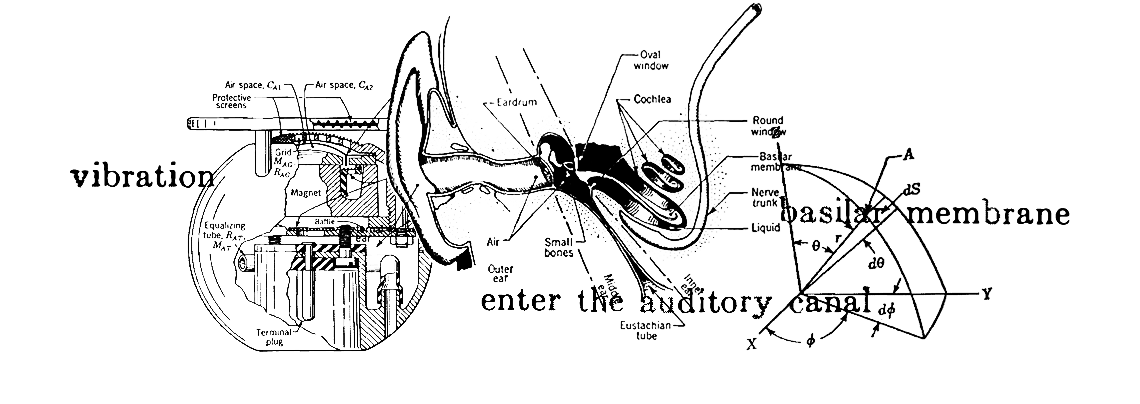Unter dem Titel „The magnitude of tonal content. A review“ ist von Hansen, Verhey und Weber ein Review Artikel in der Acta Acustica erschienen (doi:10.3813/AAA.918416). Er zeigt auf wie die Tonhaltigkeit von anderen psychoakustischen Empfindungsgrößen abgegrenzt werden kann – vor allem von der Ausgeprägheit der Tonhöhe. Die Tonhaltigkeit beschreiben Hansen, Verhey und Weber als partielle Lautheit des harmonischen Anteils. Für Fragen gerade auch zur Anwendung dieser Definition im Produkt Design wenden sie sich an das Schalllabor Hamburg. Hier noch der Abstrakt.
The magnitude of tonal content. A review
Many environmental sounds contain tonal components which are commonly embedded in a noise floor. These tonal components are often considered as annoying and play thus an important role in the assessment of environmental noise. They are also important in sound design since many technical sounds contain tonal components. For a single prominent tonal component the impact of this tonal content on the perception is standardized. However, data on the magnitude of tonal content indicate that for more complex stimuli the magnitude of tonal contents differs from the prediction of the standards. After a comparison of the magnitude of tonal content to the related sensation of pitch strength, the current review summarizes the influence of different stimulus parameters on the magnitude of tonal content. Gathering the scattered literature on this topic, the review argues that the signal-to-noise ratio (as used in e. g., the ANSI standard or the German standard for „Tonhaltigkeit“) is an appropriate first approach to assess the magnitude of tonal content also for more complex tonal components than a single sinusoid. The recently reported high correlation of the magnitude of tonal content and partial loudness indicates that the magnitude of strong tonal components may be assessed by quantifying the partial loudness of the tonal components.

